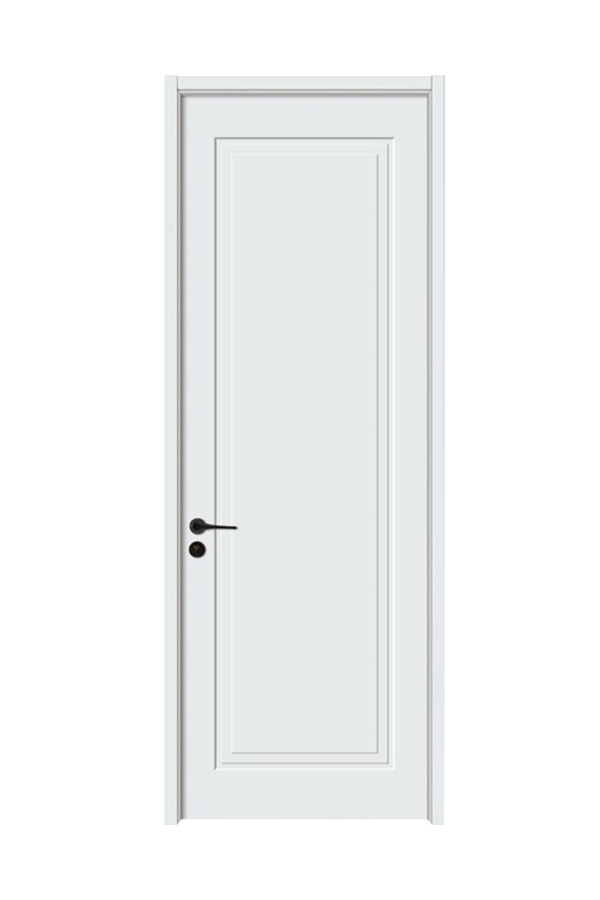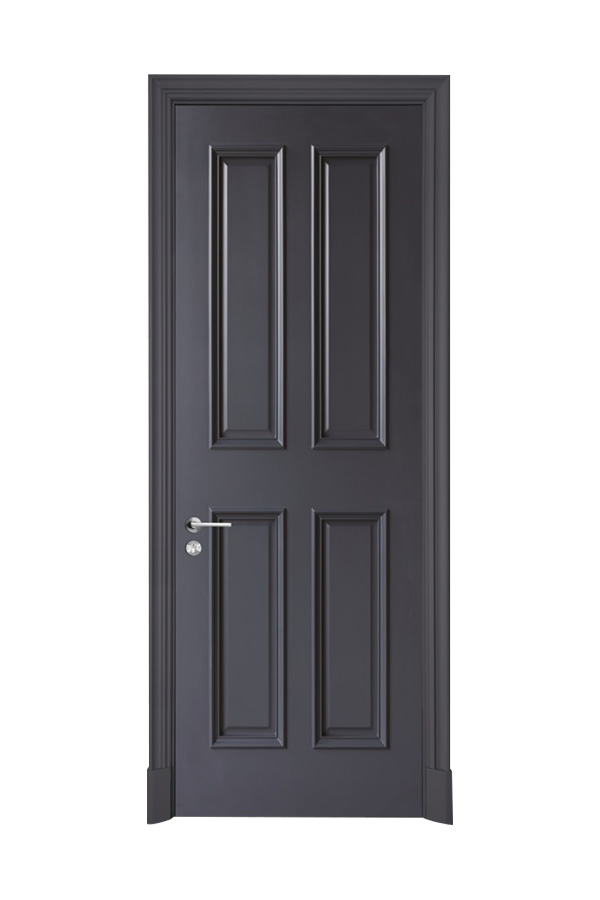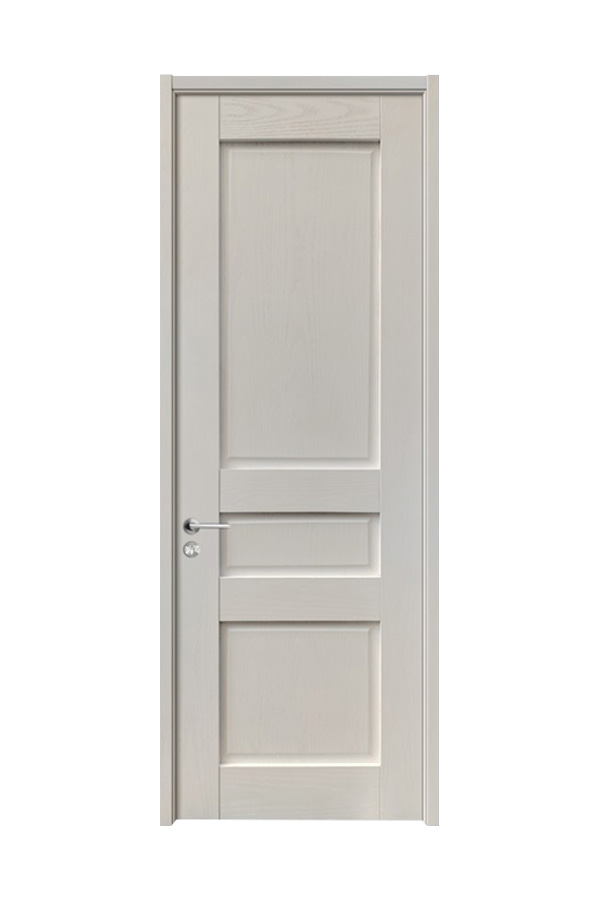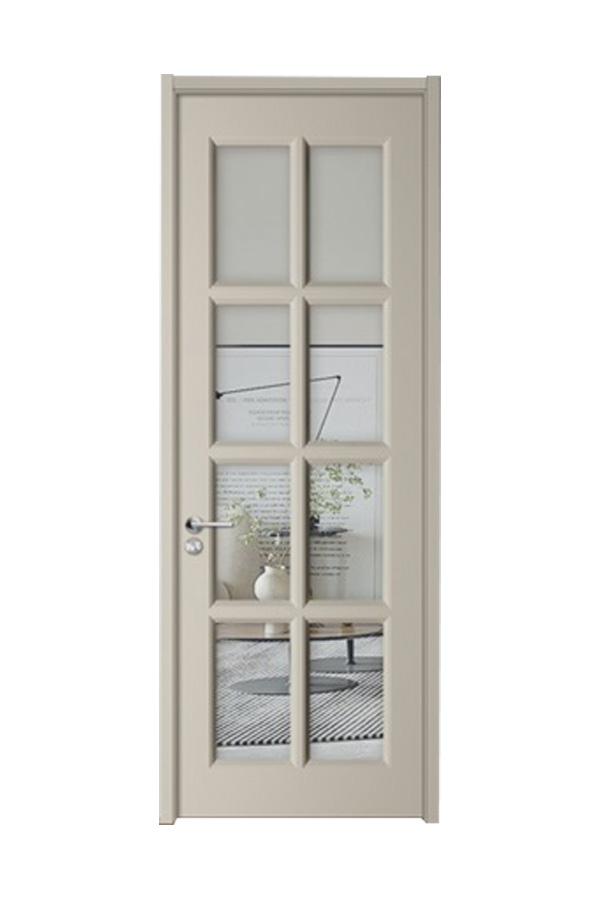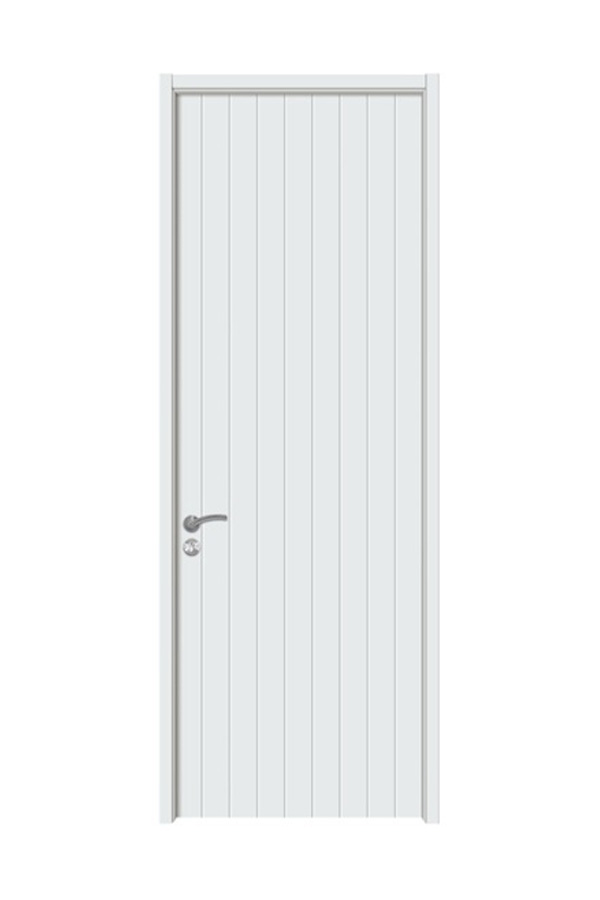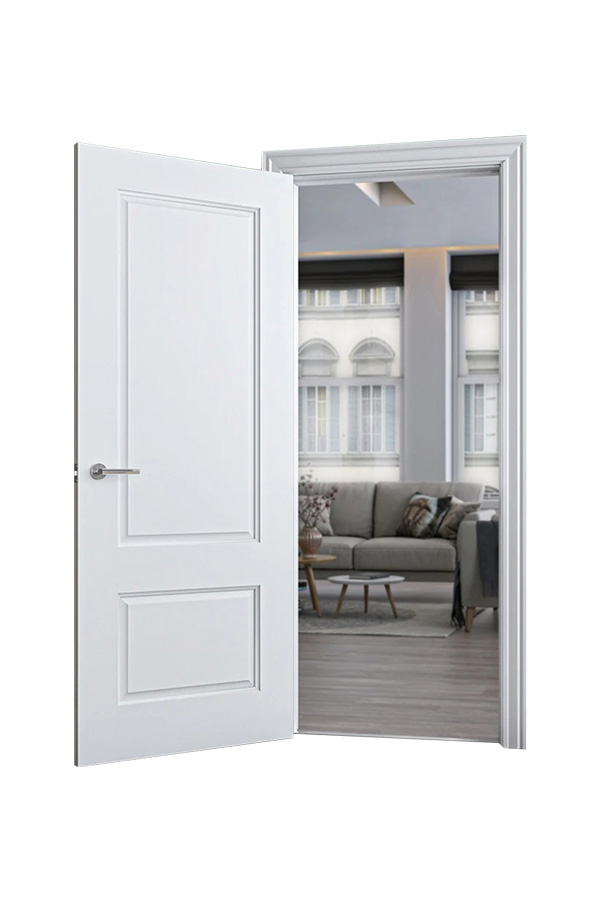Understanding the differences between solid core and hollow core options is crucial to making a decision that balances aesthetics, functionality, and budget. Both types of Shaker doors are popular choices in modern and traditional home designs, and Jiayang has extensive experience helping homeowners make the right choice.
White Primed Shaker Doors, known for their clean and timeless appearance, can be constructed as either solid or hollow core. Similarly, Sliding Shaker Doors can also feature these core types. Your choice will affect not only the door’s weight and durability but also sound insulation, energy efficiency, and long-term maintenance.
Understanding Solid Core Shaker Doors
Construction and Materials
Solid core Shaker Doors are built with dense materials such as engineered wood or MDF, providing a substantial feel and a more durable structure. This construction method ensures that the door can withstand daily wear and tear, making it a long-lasting investment for busy households.
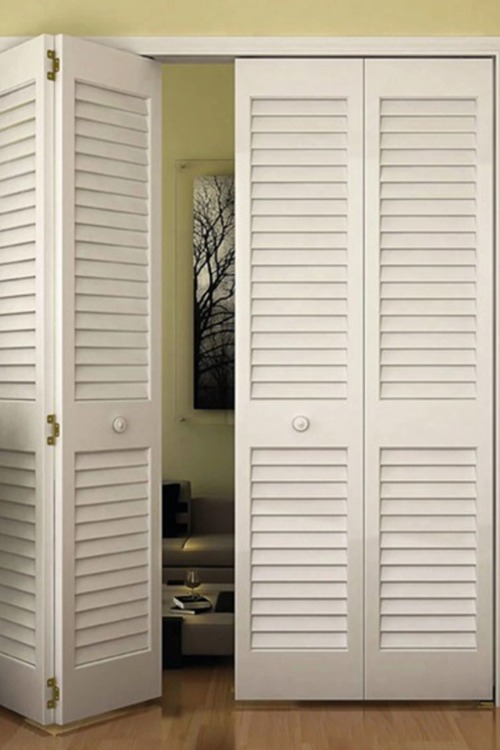
Advantages of Solid Core Doors
Sound Insulation: The dense interior reduces noise transmission between rooms, ideal for bedrooms, home offices, or entertainment areas.
Durability: Solid cores resist dents, scratches, and warping over time, maintaining their aesthetic appeal.
Stability: These doors are less likely to expand or contract due to temperature and humidity changes.
Considerations
Weight: Solid core doors are heavier, which may require sturdier hinges and careful installation.
Cost: They are generally more expensive than hollow core doors but often provide better long-term value.
Understanding Hollow Core Shaker Doors
Construction and Materials
Hollow core Shaker Doors feature a lightweight frame with a hollow interior, often reinforced with a cardboard honeycomb or lightweight MDF panels. While they do not offer the same density as solid core doors, they are a cost-effective and practical choice for many spaces.
Advantages of Hollow Core Doors
Lightweight: Easier to handle during installation and replacement.
Affordable: Lower material costs make them suitable for projects with budget constraints.
Versatility: Can be used in interior areas where soundproofing and harsh durability are less critical.
Considerations
Noise Transmission: Hollow interiors do not block sound as effectively, so they may not be ideal for bedrooms or offices.
Susceptibility to Damage: They can dent or crack more easily, especially in high-traffic areas.
Factors to Consider When Choosing
When deciding between solid core and hollow core Shaker Doors, consider the following aspects:
Location and Usage: High-traffic areas, entry points, or rooms requiring privacy often benefit from solid core doors.
Sound Insulation Needs: Bedrooms, offices, and entertainment areas may require doors that block more noise.
Budget: Hollow core doors can significantly reduce costs for large-scale projects without sacrificing design.
Installation Requirements: Solid doors are heavier and may require reinforced hardware and precise installation.
Aesthetic Preferences: Both types can be finished or painted, but solid doors may hold paint or stains longer without showing imgoodions.
Enhancing Door Performance
Even after selecting the appropriate core, there are ways to enhance the functionality and lifespan of your Shaker Doors:
Proper Sealing: Ensure weatherstripping is applied to reduce air leakage and improve soundproofing.
Routine Maintenance: Check hinges and handles, lubricate sliding mechanisms, and clean surfaces regularly.
Finishing Options: A quality primer and paint, such as that used in White Primed Shaker Doors, can protect the surface and improve longevity.
Both solid core and hollow core Shaker Doors have unique advantages depending on your needs. At Jiayang, our team can guide you through selecting the ideal White Primed or Sliding Shaker Door that matches your home’s design, functional requirements, and budget. By carefully considering usage, location, and desired performance, homeowners can make informed choices that enhance both the aesthetics and comfort of their living spaces.



 English
English русский
русский Français
Français Español
Español Deutsch
Deutsch

